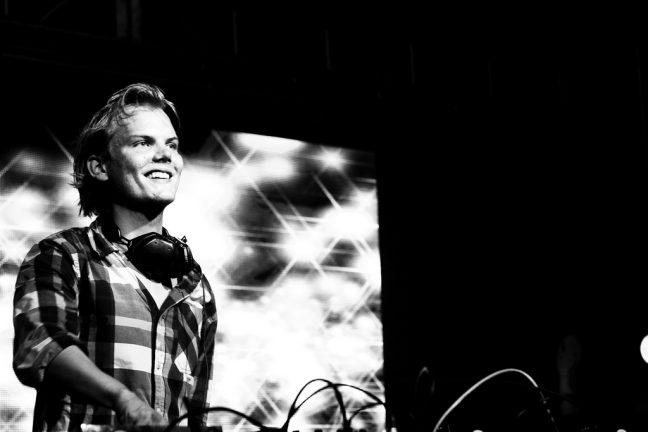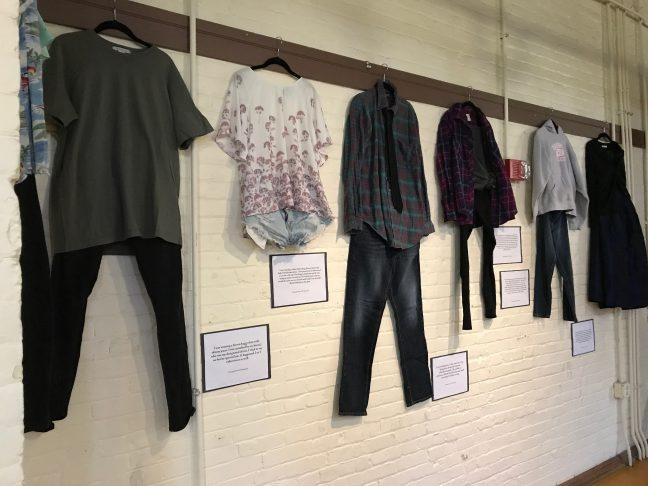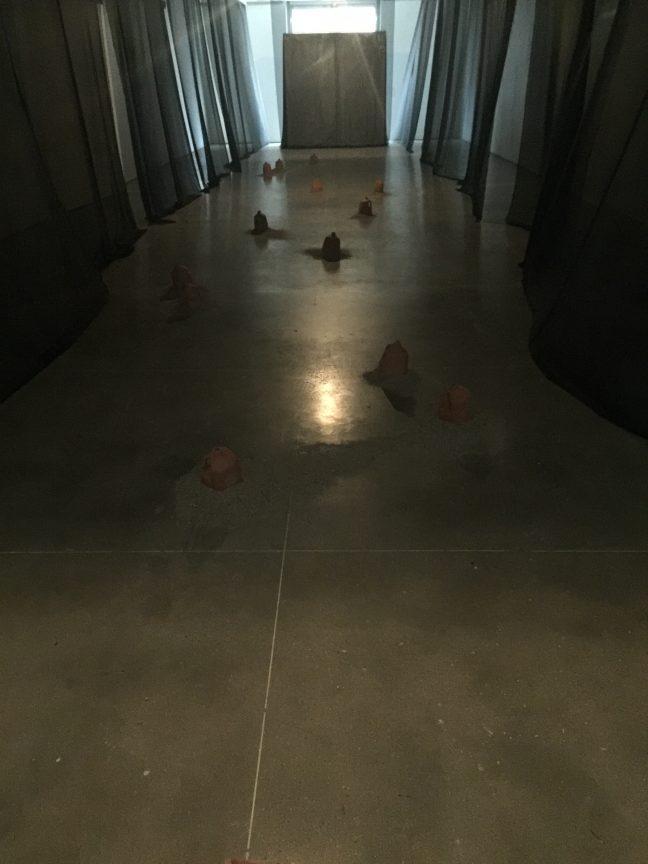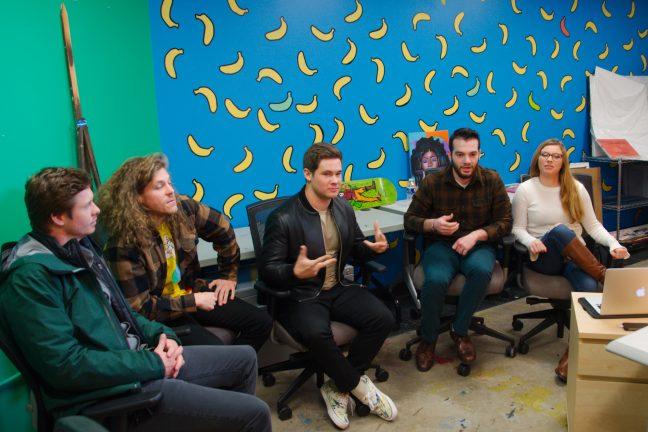
Fabrics, lights and shadows are weaving themselves into the walls of Sterling Hall.
Individuals need only see the artwork of professor Carolyn Kallenborn to know that she is the one who is responsible. Kallenborn has been teaching textile and garment design at the University of Wisconsin’s design studies department since 2007. She is also a fiber artist. She constructs hand painted garments and sculptures and has showcased her work across the United States and overseas, winning many awards and accolades.
Last Thursday, her work was on display at the opening performance of the Wisconsin Science Festival. Kallenborn also screened her documentary, titled “Woven Lives.” The film traced the history and cultural practices of present-day Zapotec weavers in Mexico.
One feature of Kallenborn’s work is her focus on moments of transformation, “when one thing becomes something else.” Solids melting, doors opening, flower buds bursting – Kallenborn captures these transformations in the way she constructs and exhibits her artistic creations. To do so, she weaves together fabrics and metals.
Many of Kallenborn’s sculptures and garments look razor sharp, like cut metal or glass. But they also flow or hang as soft drapes or cloth patches. Viewers notice the metallic shimmer of silks as they wash to the floor.
“In some pieces, fiber is dyed and manipulated to look and move like molten metal and in others, metal is transformed to look or move like fiber,” Kallenborn says. She puts these elements into her artwork because she is interested in creating pieces that “combin[e] opposing characteristics.” Kallenborn says that her “goal is to create pieces in which the elements not only exist side by side,” but also “interact, influence and enhance each other.”
Playing with the textures of fiber and metal is not the only way Kallenborn explores transformation. She also manipulates the spaces around her works when they are exhibited.
“In my work, I’m always interested in the context around the thing rather than the thing itself. I’m interested in how fabric works. I’m interested in the light and the space and the people that are using the space.”
One way Kallenborn alters space is by playing with the colors of the lights that shine on her pieces.
“There are certain ways you can dye things to … catch different colors. I can take a fabric that basically looks like … it is coppery orange, but with the right lighting, it turns to blue,” she said. “It’s a combination of [the] space, [the] color I put on [the piece], and the openings [in the piece]. They can create shadows.”
In addition to exploring the interactions between solid and liquid, light and color and space and shadow, Kallenborn looks at the interaction between two professions that she believes are important to her creative process: science and art. She views scientific contributions to the field of chemistry as a basic building block of her artworks.
“For me, the textiles are the starting place. And it’s very technical. There’s all these things you have to know about how to spin the thread, then dying – I’m not a chemist and I don’t do chemical formulas, but I know why [textiles] are doing what they do. If they don’t, I can’t make [the artwork] happen … I can’t take advantage of the sort of serendipitous things that happen if I don’t understand why it’s happening.”
Last weekend’s science festival also examined the relationships between artists and scientists. Kallenborn says the festival helped break down the barriers we often believe divide the two professions. But Kallenborn sees the two professions as coexisting. She recognizes their different ways of seeing the world, but she also believes their different viewpoints enhance one another.
“Science is about how we understand the world, and to me, art is about how we transcend the world. They can be thought of as very opposite,” she said. “But actually, if you work … together, it will intensify both of them.”
Much like her works combine opposite elements to reveal interactions, Kallenborn sees interactions within the art world and between between artists and scientists. Kallenborn thinks that art is increasingly becoming a collaborative profession, much like science and even her artwork.
“It’s less about a solo single performer, person or entity,” she said. “Textiles are like that. They are made up of multiple units of individuals that, by themselves, the wind would blow away. But when you weave them together, knot them together … or stitch them, you can cover a stadium with it. So for me, textiles conceptually fit really well with the whole idea of collaboration and multiple things coming together.”




















